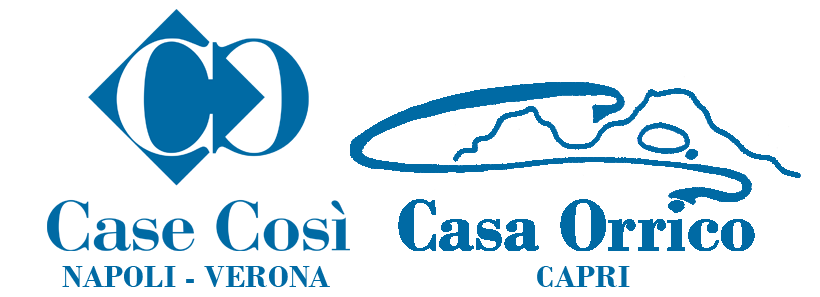Verona
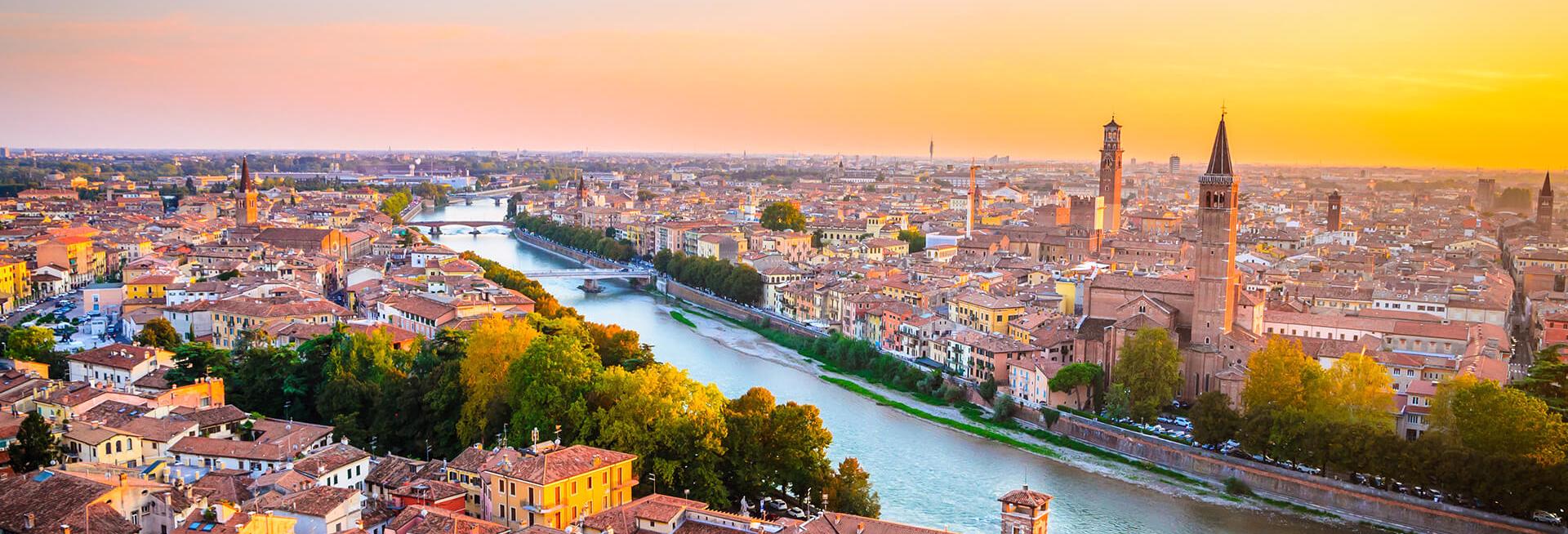
Known all over the world for hosting one of the most beautiful love stories, that of Romeo and Juliet, Verona certainly has a lot to offer and to appreciate. Due to its favorable position, along the Adige river, it has been a strategic location since Roman times for the communication routes between Italy and Central Europe. The remains are still evident, especially for the symbol of the city that made it famous, the Arena, one of the best preserved amphitheaters in the world which today hosts the main artistic events of the city.
The origins of Verona probably date back to the 6th-5th century BC, when the first settlement was founded on the San Pietro hill, a few tens of meters above the city. It is thought that the word "Verona" may derive from the Italian word of Etruscan origin "verone" of the meaning "terrace", referring to the San Pietro hill. Today, at the foot of the hill, there is the Roman Theater, a theatrical space exploited especially during the summer months.
Land of conquest for numerous invaders, it experienced a period of prestige with Theodoric, king of the Ostrogoths, who built new defensive walls, palaces, aqueducts and baths. Verona became the capital of the Kingdom of Italy with the Carolingian Empire, in the '700 AD, and also the papal seat from 1181 to 1185. In the late Middle Ages it became a cultural center, hosting the most famous artists of the century, from Giotto to Dante and Petrarch.
After a long period of submission and freedom, it was annexed to the Kingdom of Italy: today the Venetian city preserves intact the remains of the millenary history that characterized it. The romantic balcony of Juliet, the crowded Piazza delle Erbe, built on the ancient Roman forum, the majestic Piazza Bra, with the Arena in the center, its splendid cathedral and Castelvecchio, make Verona one of the tourist destinations that is worth the worth visiting at least once in a lifetime.
Cities near Verona
Venice
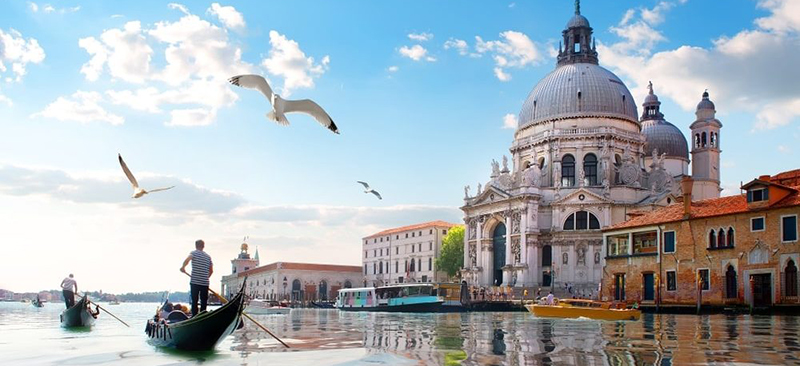
World famous city, the Serenissima Republic of Venice with its gondolas, canals and historic buildings is a journey inside a painting. Piazza San Marco is the symbol of Venice, framed by the most beautiful buildings in the city, the Basilica, the bell tower and the Doge's Palace, wonders that the whole world envies. And if the rain is king, you will not fail to live the unique experience of high water. A taxi ride along the Grand Canal must be done, to admire the city and the spectacular Rialto Bridge, the oldest of the four bridges that cross the city.
Padua
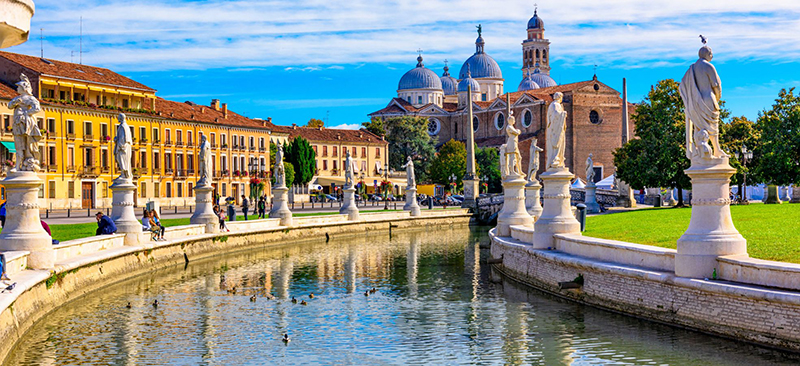
Padua, the provincial capital of the Veneto region, is a treasure chest full of treasures to be discovered. The city of Sant'Antonio is the subject of a popular saying which says: "Venice the beautiful, and Padua its sister". This is to say that even in this splendid Venetian city there is a lot to see, starting with the spectacular Scrovegni Chapel, which houses the most important cycle of frescoes in the world: here Giotto, in just two years, began the revolution of modern painting . And then there is the Basilica del Santo which houses numerous masterpieces of Italian art. Even a walk in Prato della Valle is a must. By extension it is second only to the Red Square in Moscow: it is formed by a central green island, Memmia Island, surrounded by a canal on the sides of which 78 statues of famous people of the past stand out.
Vicenza
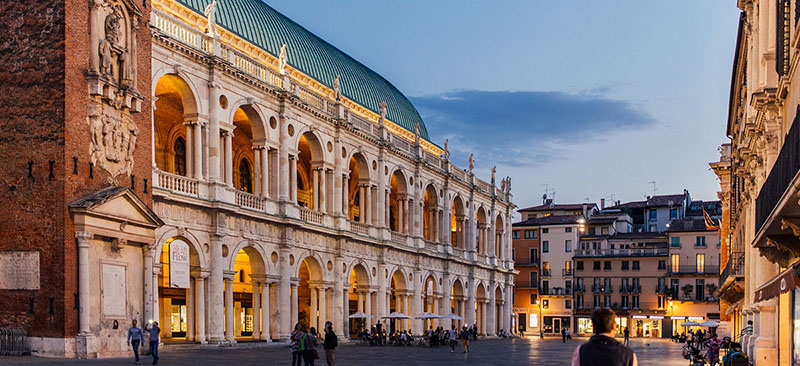
Triumph of the Italian Renaissance, protected by Unesco, it is known as the city of Palladio, who created his most beautiful works there. A jewel of houses and streets, with its beautiful buildings, squares and ancient bridges, Vicenza is an open-air museum. In the 1500s Palladio created numerous works in classical style, such as the Basilica, Villa Almerico Capra di Valmarana, the Olympic Theater and the home of the famous architect. Vicenza is also the city of gold and jewels, as well as the famous “Vicenza-style” cod.
Montecchio Maggiore
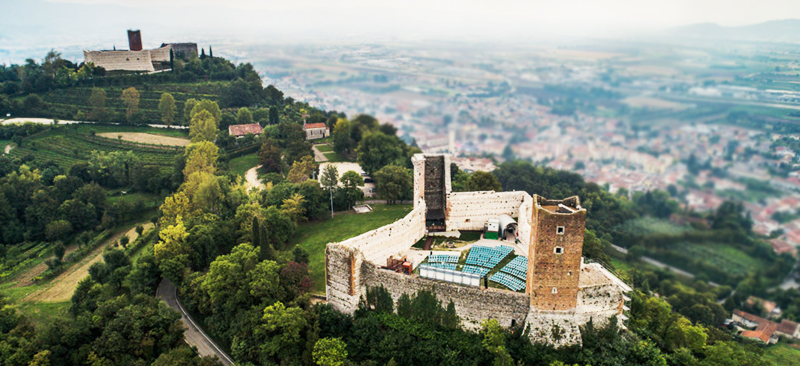
Characteristic village nestled in the Agno Valley, it owes its fame to the Montecchi and the story of Romeo and Juliet. Yes, because the Castles of Romeo and Juliet are located in Montecchio Maggiore. The Castle of Romeo, of which the walls and a high tower remain, houses a small museum that tells the life of the Montagues and Capulets at the time of the events, and an amphitheater, where events and shows are held. The Castle of Juliet, on the other hand, is striking for its vast views of the surrounding hills. Just below this extend the Priare, what remains of ancient stone quarries in which a large part of the local population has worked in the past centuries and decades. Villa Cordellina Lombardi is also worth visiting: immediately at the entrance to the village, the mansion is imposing, almost a pantheon, while inside the magnificence is given by the central hall where the precious frescoes by Giambattista Tiepolo are kept.
Lake Garda

Lake Garda, also known as Benaco, is the largest of the Italian lakes. Enveloped by the mountain ranges that protect it, making the climate mild. It has a very rich vegetation consisting of olive trees, palm trees, cypresses, lemons and oleanders which make it an attractive destination for lovers of nature and relaxation. But Lake Garda is also history and art, with its medieval villages gathered between walls and towers, castles and magnificent villas, and a place for sporting activities and excursions, to discover the most remote corners of Garda. Its shores lap three regions, Lombardy, Trentino Alto Adige and Veneto, with picturesque villages, beaches, marinas and cities full of life.
